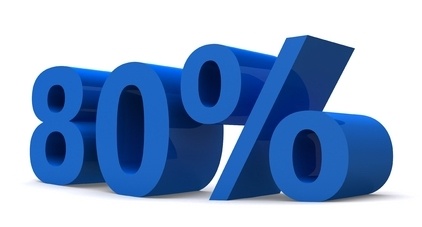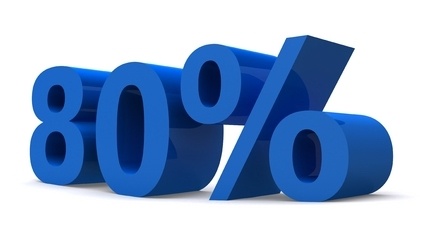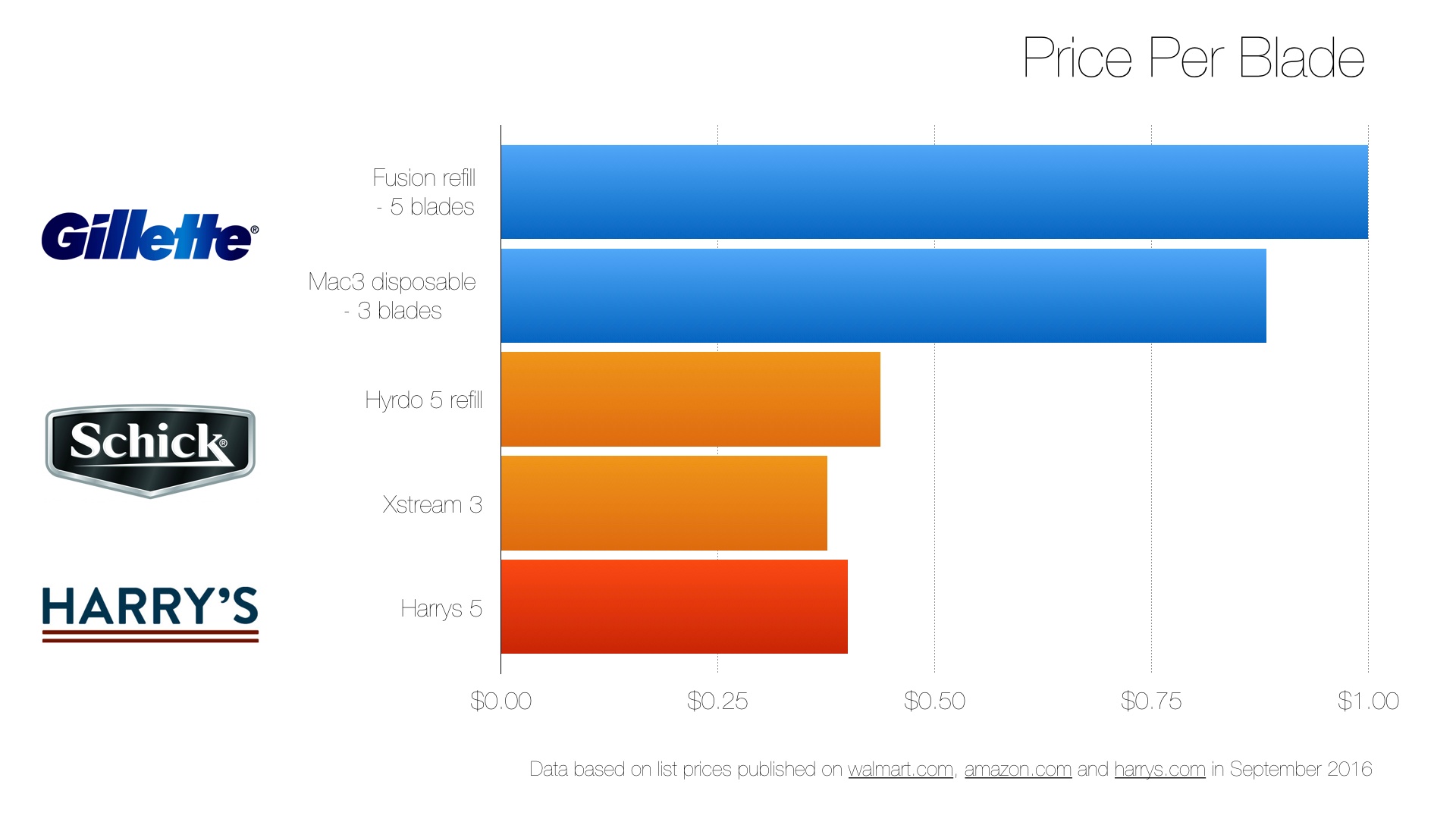8 Techniques to Justify a Price Increase
 PriceBeam
·
3 minute read
PriceBeam
·
3 minute read

Sooner or later every business will reach a point where a price increase is the right thing to do. At the very least you need your pricing to keep up with inflation, but also, you may find that your continuous strive to provide a better product and customer service finally earned you the opportunity to price a bit higher.
When prices are increased, angry reactions from price-sensitive customers are inevitable, and some may even decide not to buy your product anymore. And that's okay! In fact, if you don't have a bunch of angry customers on the phone after a price increase, it's probably because your price is still much too low, and you're leaving lots of money on the table.
You cannot retain customers that are not willing to pay a price higher than your current one. However, there are ways that you can soften the blow to those price-sensitive customers and avoid customers leaving you out of sheer anger and frustration.
1) Introduce a new version
One way of justifying a price increase is to disguise it with a new product launch. If you're in the SaaS business, you can introduce a new version at a higher price, and then outphase your current version within a short period of time. If the current "Pro" version costs $149 per month, introduce a new, slightly improved "Premium" version at $249 or $299 with a few additional features. After an appropriate amount of time, you can announce the outphasing of the current "Pro" version, forcing current "Pro" members to upgrade to the "Premium".
The key here is that you're actually providing some additional value, albeit this value comes at a very high price. However, it will eliminate the perception of paying more while getting the same.
2) Cut to the chase
Put it out there. There's no way around it, and your customers will be even more angry with you if you try to hide your price increase behind complex wording. Your customers will appreciate your honesty, and maybe even understand you, but if you try and hide it you're just another profit-oriented jerk in their eyes, trying to rip them off whenever you have the chance.
3) Remind customers about the value they get
This should not just be done around price increases -- in fact, you should make it a habit to regularly remind your customers about all the benefits they get from using your product or service. It will really pay off when you increase your price!
The trick here is to encourage customers to evaluate your product's value more fairly. Here's an example:
You sell a software that saves your client $2,000 per year, at $50 per month ($600 annually). That's a pretty good deal, right?
Now, you decide to increase your price to $75 ($900 annually) -- still a really good deal! But if you fail to remind your customer about the $2,000 she saves, she won't see that! What she sees is that now, she's paying $300 extra per year, and not getting anything extra in return. Remind her that she's still making a very smart purchase.
4) Tell them about your costs
Customers don't want to know that you are increasing your prices because you want higher profits. Instead, try to explain any additional costs that you incurred lately and use this to justify your price increase. Make sure the examples you use are costs that are somewhat out of your control, e.g. taxes, server costs, oil prices or whatever it may be. Additional wage expenses for your new secretary will not gather much sympathy from your customers.
Of course, you shouldn't present your entire income statement and justify the price increase dollar for dollar. Just let them know that at least some of the price increase will not end directly in your pocket.
5) Be humble on social media
If you're CEO or have your own business, this is especially important. Your customers don't see how hard you work, or the risk you took when you put your kids' childhood home up as collateral to fund your brilliant business idea, and even though you most certainly did earn all the money you make, showing it on social media is not good for price increases. Customers don't want to give money to wealthy people, as they will feel they need them much more than you do, and thus, feel it is very unjust that you increase prices since you "already have enough". So if you want to be on the safe side, don't show off an extravagant lifestyle on social media.
6) Launch a low-cost version
If you have a large segment of price-sensitive customers, one option could be to offer a low-cost, low-value option for those that otherwise would've stopped using your product or service and turn to a competitor. In that way, you can refer angry customers to that option while still reaping the profits from the high-paying customers.
7) Highlight social responsibility
Customers are more socially conscious than ever, and in some cases you may be able to justify a price increase with socially responsible initiatives. For instance, if you are an American firm that now decides to only use domestic suppliers, many of your customers will appreciate your patriotism, and accept your price increase -- at the same time, you get to use high-quality suppliers instead of importing your components from a developing country.
Or maybe you're committed to paying your workers a decent wage, which many customers will respect, while your wage level attracts high-skilled labour.
8) Make sure your price can be justified
This is probably the most important point on this list; no technique can make up for a price that cannot be justified. If your price is too high, your customers will abandon you no matter what you do, and once they're gone, they can be hard to win back! Make sure you price right by undertaking thorough pricing research first.
.png?width=400&height=100&name=PBLogoTransparent%20(1).png)



